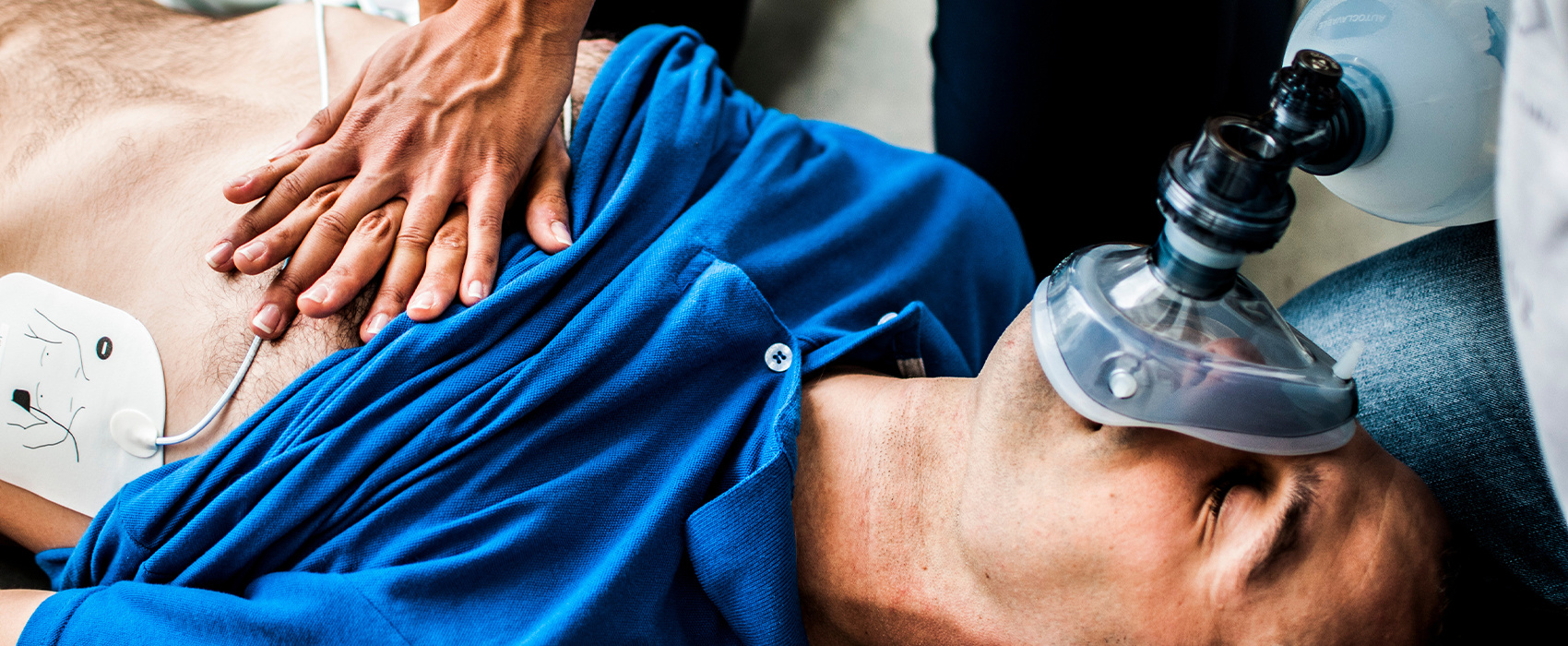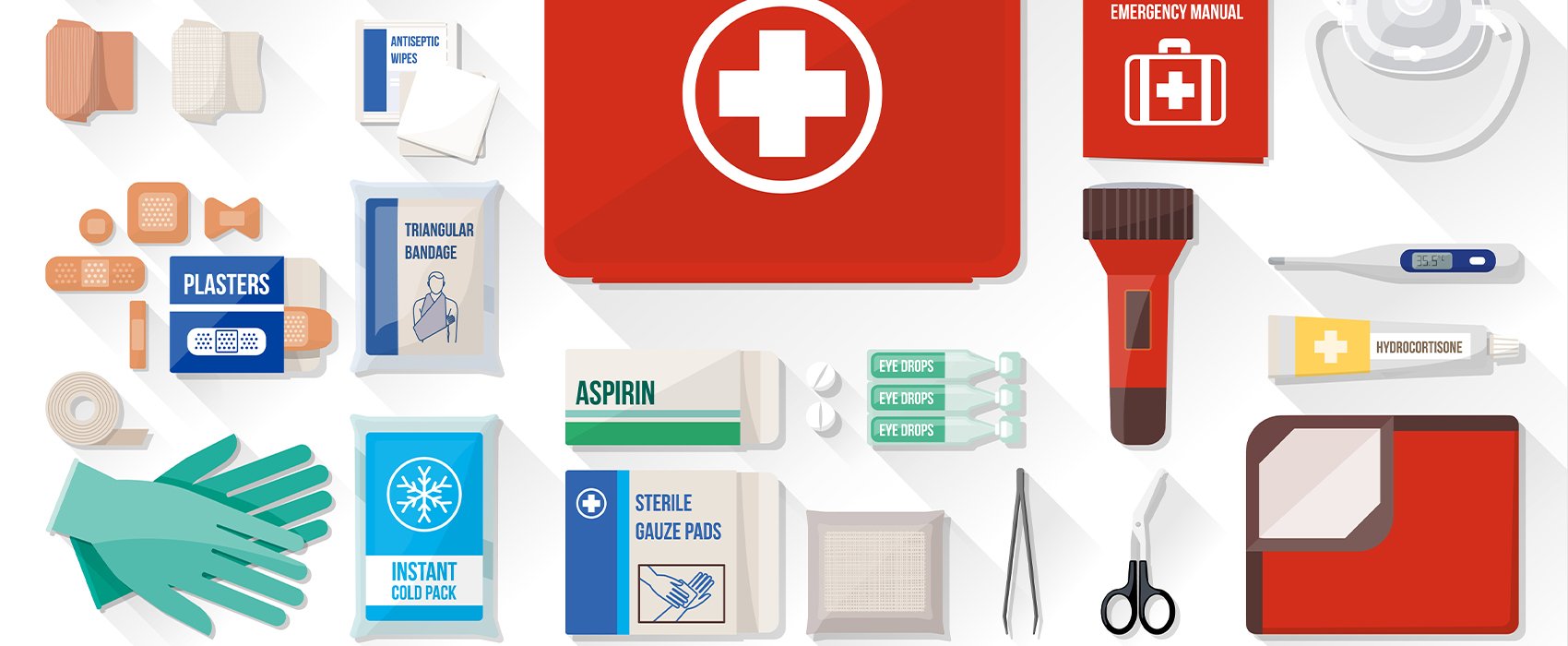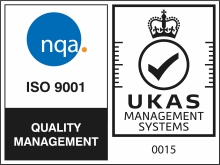
Do you know the difference between heart attack and cardiac arrest?
Does your team know the difference between heart attack and cardiac arrest? Would each person be confident to perform the vital first aid that could save their colleague’s life, if required?
In this blog, we explore the basics everyone should know…
What is a cardiac arrest?
A cardiac arrest is the medical term given to what happens when a person’s heart suddenly stops beating.
A sudden cardiac arrest (SCA) can happen to anyone, of any age, at any time. It doesn’t matter how fit the person is, and there may be no prior history of heart trouble. Sudden cardiac arrest is a medical emergency. Without immediate medical attention, a person in cardiac arrest will die within minutes.
There is a difference between heart attack and cardiac arrest. Although it is often mistaken for one, a cardiac arrest is not the same as a heart attack.
Symptoms of cardiac arrest
A person who experiences cardiac arrest in the normal run of their day will collapse suddenly without warning. They will be unconscious, unresponsive, and either not breathing at all, or not breathing normally.
This is different from someone having a heart attack, who may clutch their chest, experience breathlessness, or complain of left arm and shoulder pain. Find out more about the signs and symptoms of a heart attack.
The difference between heart attack and cardiac arrest
A heart attack happens when the blood supply to the heart muscle is cut off. This may be caused by a clot in one of the coronary arteries, or due to a build up of cholesterol. During a heart attack, the heart continues to pump blood around the body. Someone having a heart attack will usually be conscious and breathing. A heart attack may lead to cardiac arrest, but the two are not the same.
What should you do if someone has a cardiac arrest?
Someone in cardiac arrest will require a defibrillator to deliver a controlled electric shock to restart their heart. Without a defibrillator, it is a case of buying time – keeping that person alive until a defibrillator can be brought to them.
If someone collapses near you and appears to be unconscious, you should:
#1 Check their vitals – Are they breathing? Shake them gently by the shoulders and ask them loudly if they can hear you. If they don’t respond…
#2 Call for help – Shout to nearby people to call for an ambulance. If you’re on your own, call 999 and place your mobile phone on speakerphone.
#3 Start chest compressions immediately, and continue until medical assistance arrives. By carrying out CPR, you ensure blood and oxygen continue to be pumped around the person’s body, keeping them alive until a defibrillator can be used to restart their heart and hopefully restore normal rhythm.
#4 If there is a defibrillator nearby, get someone to bring it to you, and follow the instructions to use it. You do not need any prior training to do so. Do not stop chest compressions to go and fetch a defibrillator, no matter how close it is.
What is a defibrillator?
A defibrillator is a piece of medical equipment that delivers a controlled electric shock to try to get the heart beating normally again. Public access defibrillators can be found in large public places like train stations and shopping centres, and increasingly in workplaces. When you call 999, the operator can tell you if there is a public access defibrillator nearby.
Cardiac arrest in the workplace
If someone collapses without warning at work, is unconscious and appears not to be breathing, every second counts. Without someone nearby that will immediately recognise the signs, call an ambulance and start chest compressions, they will certainly die.
Every year, more than 30,000 people in the UK have a cardiac arrest outside of a hospital environment. Currently, less than one in 10 survives.
The British Heart Foundation offers free online training in how to perform CPR and how to use a defibrillator. All you need is a mobile phone or tablet, and a cushion to practice on. For more information on cardiac arrest, you can also view the charity’s dedicated webpages or consult the Sudden Cardiac Arrest UK website.
To view our range of first aid equipment, visit our shop here.
You might also like

Could you save a life? Cardiac arrests in the workplace

















